
When you’re giving it your all at the gym, you don’t mind sweat. After all, a drenched tank top is practically a badge of honor—a sign that you’re pushing yourself to the max. But dripping on an average day at the office or when you’re having brunch with the family, on the other hand, is less ideal. And frankly, a bit perplexing. You’re likely thinking “Why do I sweat so much?” We asked Debra Jaliman MD, an assistant professor of dermatology at the Icahn School of Medicine at Mount Sinai in New York City, why you might be pumping out so much moisture, and what you can do about it.
Why do I sweat so much?
Perspiration, in and of itself, isn’t a bad thing. It’s a completely normal process that helps regulate your core temperature. When you’re body heats up, it excretes sweat that exits through your skin. As it evaporates (sweat is mostly water), it cools your body, explains Dr. Jaliman.
The hotter your body gets—say, because it’s a super sunny day, or you’re working out, or under mountains of stress—the more you sweat. Nerves can also trigger sweat production, which is why you might find your palms feel clammy when you’re on a job interview or first date. There’s a surprising explanation why you sweat so much at night, too.
How much sweat is normal?
You might leave drips on the pavement during a run while your jogging buddy barely glistens—and that’s totally normal. Different people sweat different amounts, depending on their DNA. “Your genes determine how many sweat glands you have. Most people have between two and four million,” says Dr. Jaliman. But know this: Having more sweat glands doesn’t necessarily mean you’ll be a drippy mess; people with fewer sweat glands can produce just as much moisture as those with more of them.
And if you live in a hot part of the country, or exercise a lot, you’re going to sweat more than someone who needs to wear sweaters even in the summer. That’s just common sense.
Medication
Some medications, including certain antibiotics, some blood pressure meds, several psychiatric drugs, and even OTC supplements can cause you to break out in a sheen when you’re not exerting yourself, according to the Mayo Clinic.
Hyperactive thyroid
If this small butterfly-shaped gland in your neck is producing high levels of the hormone thyroxine, your metabolism gets revved up, leading you to feel toasty, per the American Thyroid Association. If you suspect a thyroid issue is causing your sweat, keep an eye out for these other under-the-radar symptoms too.
A chronic disease
Heart and lung disease and several types of cancer may also be a cause, reports the Mayo Clinic, but Dr. Jaliman notes that if one of these conditions is causing excessive sweating, you’re more likely to notice other symptoms first.
Hyperhidrosis
The most common medical diagnosis for excessive sweating is hyperhidrosis—a dysfunction in your central nervous system that causes your body to produce what feels like buckets of sweat. About 15 million people suffer from the condition; it usually affects the hands, feet, underarms, and face, according to a study published in Dermatology Journal. Stress and nervousness can make the problem worse.
How do you know if you have it? “If you go to shake someone’s hand and your hands are wet, that’s excessive,” says Dr. Jaliman. “Patients who have hyperhidrosis tell me their feet slide out of their shoes, that antiperspirant doesn’t work, and that it affects their daily routine. It’s not imagined.”
What can I do about excessive sweating?
- Change your diet. If you eat loads of spicy wings and curries, cut back, says Dr. Jaliman. Peppers contain capsaicin, a compound that stimulates nerve receptors that trick your nervous system into thinking you’re hot. Skip garlic, too. Although it doesn’t make you perspire, volatile organic compounds in the spice are more like to make your sweat stink, says WebMD.
- Consider stick-on sweat shields. Products like PURAX Pure Pads sop up moisture before it reaches the fabric of your shirt, making sweat circles a thing of the past. And you can clean already stained clothes with these 11 tactics to rid your shirts of smelly, yellow stains.
- Use the right antiperspirant. Look for one that contains aluminum, which reduces wetness by blocking your sweat ducts, says Dr. Jaliman. If drug store brands don’t keep you dry, your dermatologist can prescribe a stronger formula with more aluminum. Be warned: The metal can cause itching.
- Try medicated wipes: Qbrexza towelettes have been approved by the FDA to treat underarms. The prescription cloths contain a solution that blocks the chemical that triggers sweating, says Dr. Jaliman. Just be sure to wash your hands after using; if the solution gets in your eye it can cause them to dilate.
- Explore iontophoresis. This technique involves a device that passes a mild electrical current through a tray of water you rest your feet or hands in (special equipment can help treat other areas of the body) to nix sweating, says Dr. Jaliman. Experts often recommend it for people who’ve tried prescription or clinical strength antiperspirants but need something stronger, according to the International Hyperhidrosis Society. Although no one is sure how the procedure works, studies have found that iontophoresis helped 91 percent of patients with excessive sweating in the hands and feet.
- Pay for Botox. The wrinkle-plumping injections have been approved by the FDA to treat hyperhidrosis in armpits. You’ll need to get the injections every six to seven months, and that can get pricey ($1500-$2000 per treatment), especially since insurance doesn’t always cover the treatment, notes Dr. Jaliman. Read more about Botox before making your decision.
- Give miraDry a go: This is an FDA-approved device that permanently removes sweat and odor glands from the armpits. A local anesthetic is used to numb the area, then electromagnetic energy is applied to destroy the glands, explains Dr. Jaliman.
- Take oral meds. Drugs like glycopyrrolate block the chemical messenger acetylcholine as it attempts to travel to receptors on the sweat glands that are responsible for triggering sweating, says Dr. Jaliman.
- Think about anti-anxiety medications. If your excess sweat is caused by nervousness, beta blockers and other anti-anxiety meds can lower your pulse and help you stay calm, says Dr. Jaliman. And when you’re relaxed, you’re less likely to feel overheated. You may also want to try these top tricks from therapists for dealing with anxiety.
The post Why Do I Sweat So Much? 6 Medical Reasons Behind Excessive Sweating appeared first on Reader's Digest.
from Reader's Digest http://bit.ly/2GMYZbi
Why Do I Sweat So Much? 6 Medical Reasons Behind Excessive Sweating Reader's Digest

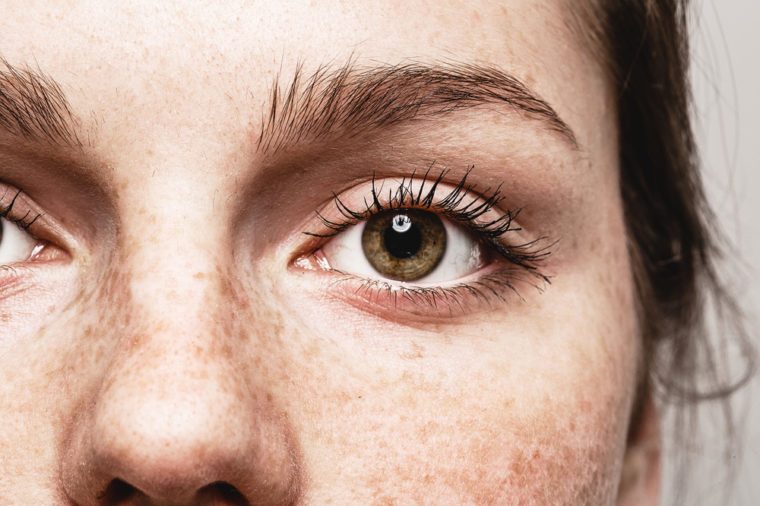



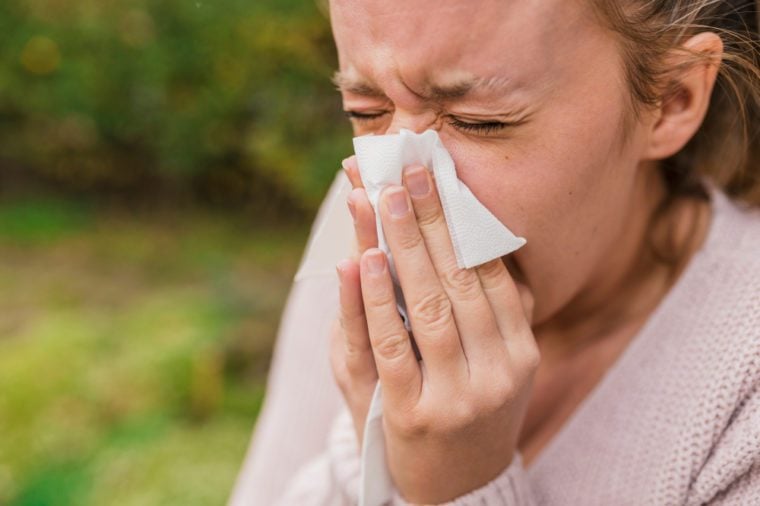
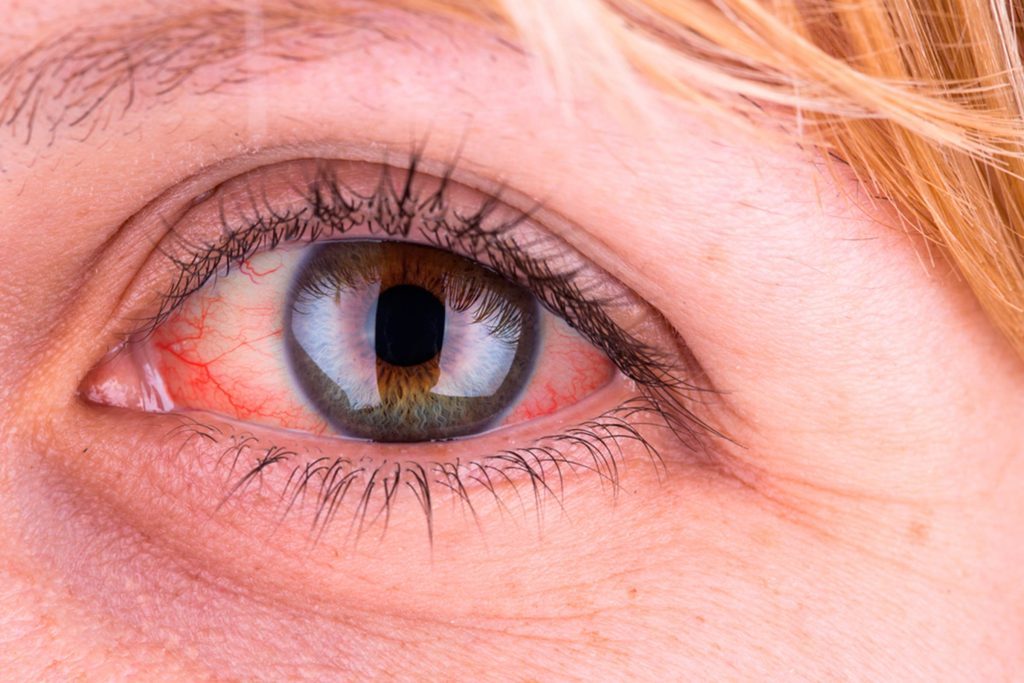
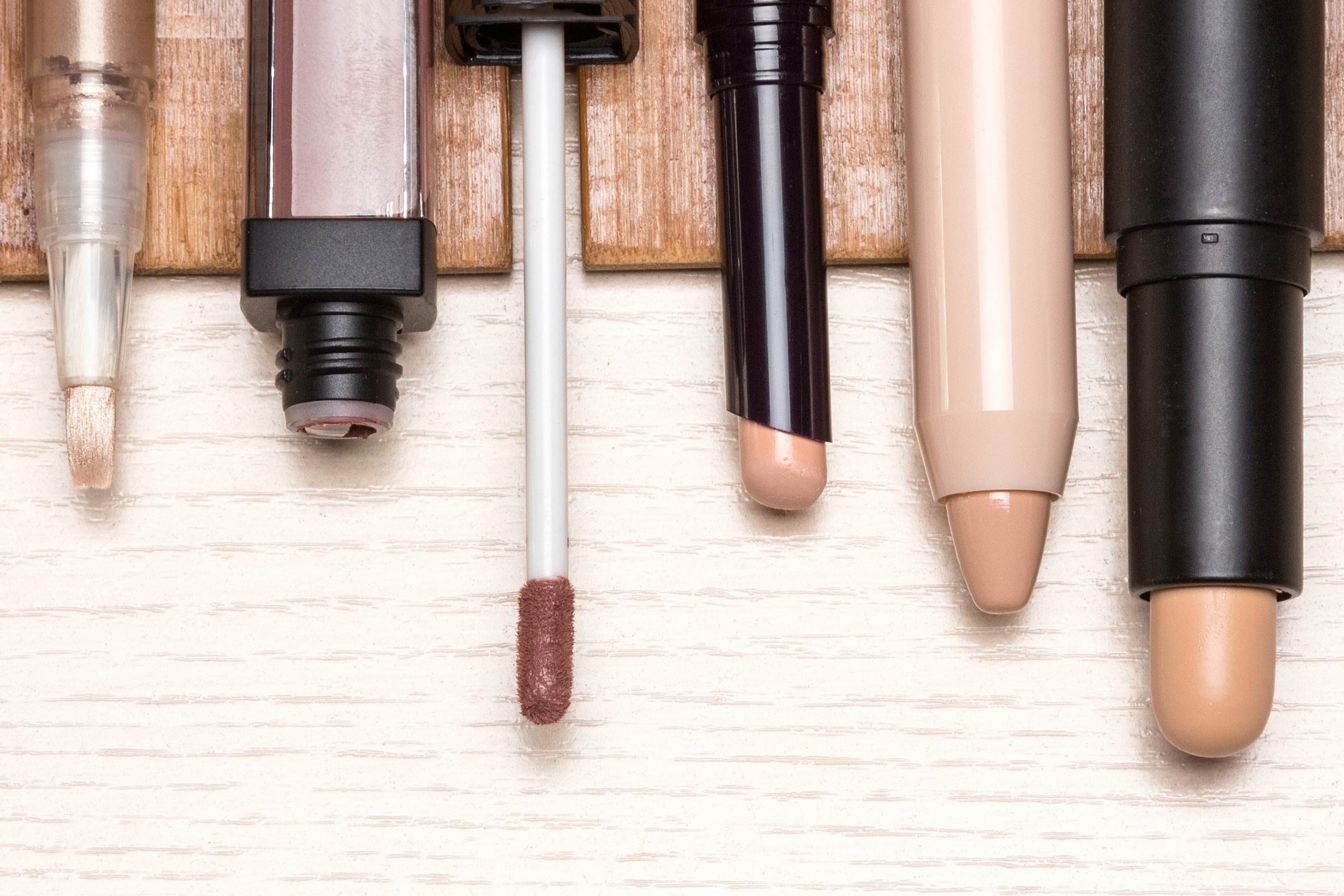

 What is eye twitching?
What is eye twitching?
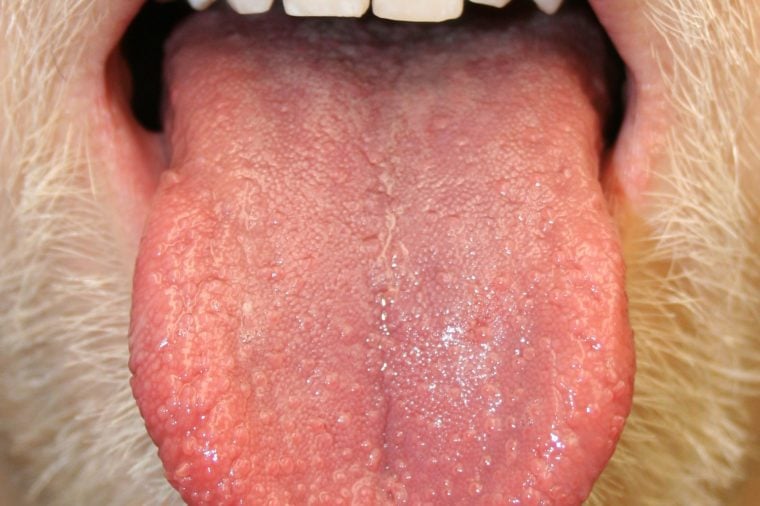
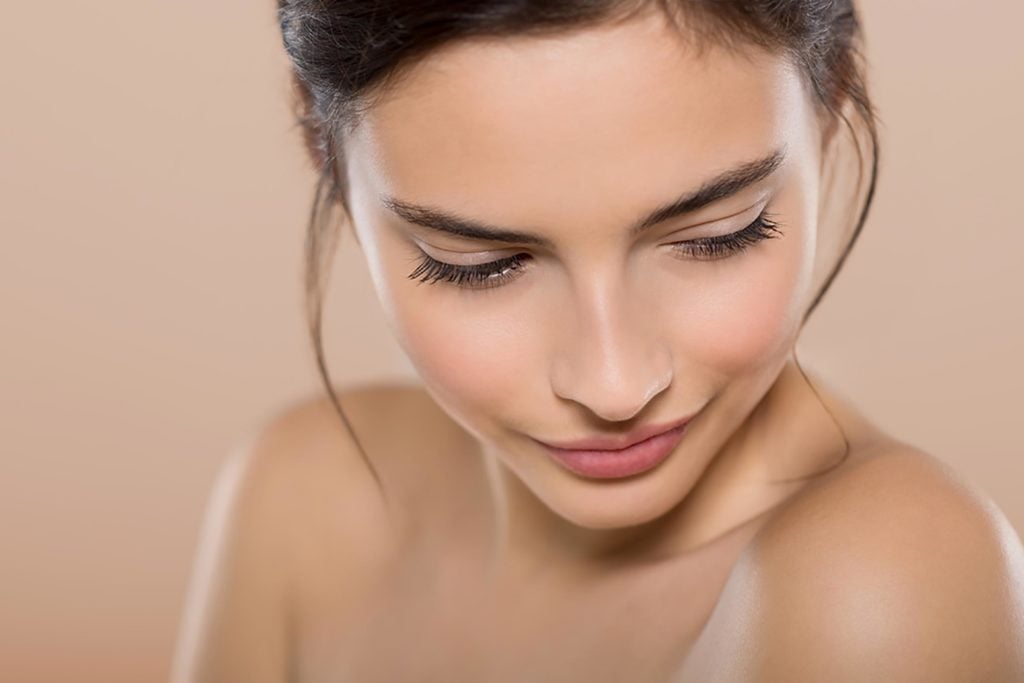 Look around a coffee shop and you’ll see a good number of people resting their face in their hands. But unless you are washing your face or applying moisturizer, hands off! According to Matthew Lee, microbiologist, “Your hands contain oils that can plug your pores and worsen your acne. The germs on your fingers can exacerbate this effect.” And if you develop pimples, be sure to never pop them if they crop up on
Look around a coffee shop and you’ll see a good number of people resting their face in their hands. But unless you are washing your face or applying moisturizer, hands off! According to Matthew Lee, microbiologist, “Your hands contain oils that can plug your pores and worsen your acne. The germs on your fingers can exacerbate this effect.” And if you develop pimples, be sure to never pop them if they crop up on 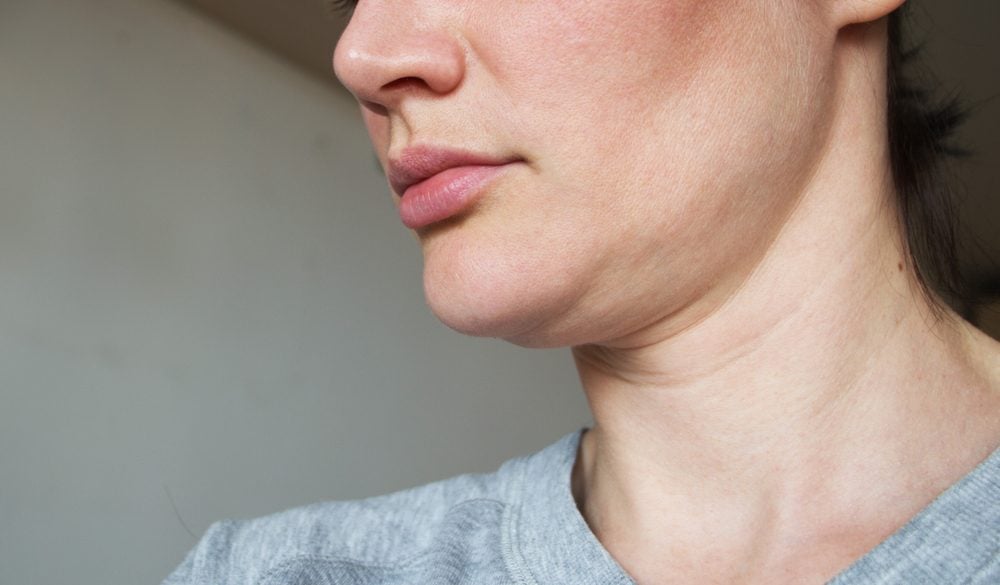 There are a number of reasons people develop that double fold between the neck and jaw, and they don’t all have to do with weight gain—though that may contribute, according to
There are a number of reasons people develop that double fold between the neck and jaw, and they don’t all have to do with weight gain—though that may contribute, according to 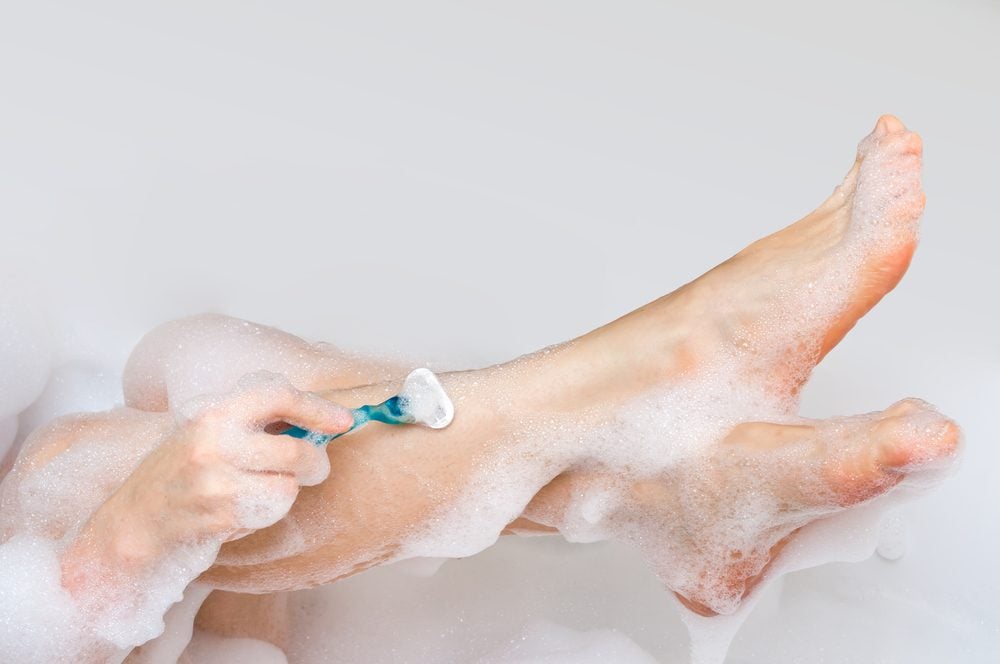
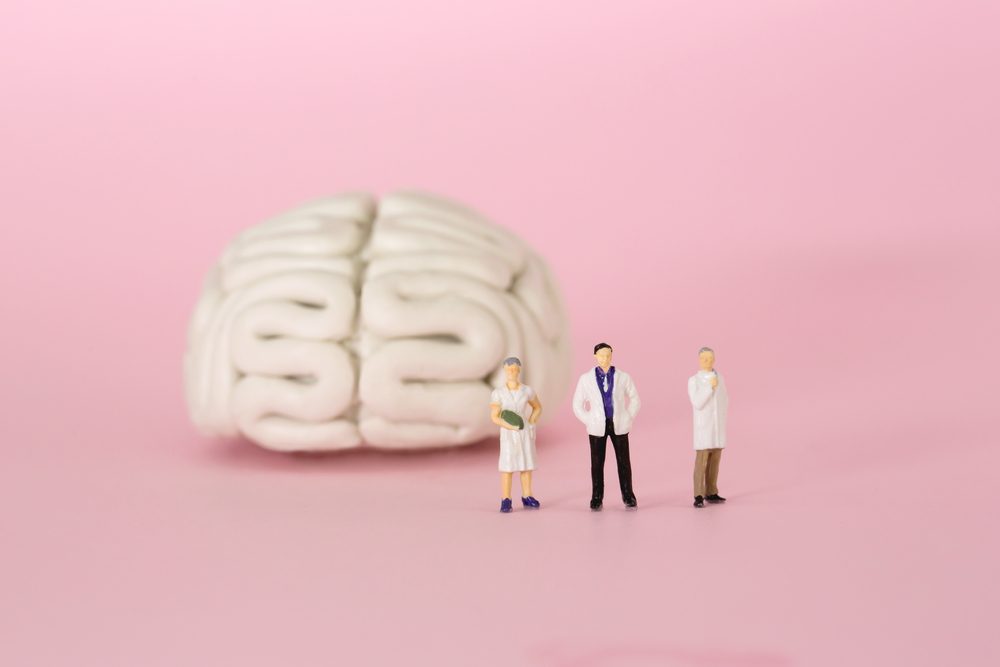 They’re both dangerous—and sometimes deadly. They can happen at any age. And they both can cause permanent damage to the brain. So it’s no wonder people get confused about the differences between a stroke vs. aneurysm. “Strokes and cerebral aneurysms are terms you hear often and many people aren’t entirely clear what they mean,” says neurologist Jessica Carpenter, MD. “Both are conditions that involve blood vessels in the head.”
They’re both dangerous—and sometimes deadly. They can happen at any age. And they both can cause permanent damage to the brain. So it’s no wonder people get confused about the differences between a stroke vs. aneurysm. “Strokes and cerebral aneurysms are terms you hear often and many people aren’t entirely clear what they mean,” says neurologist Jessica Carpenter, MD. “Both are conditions that involve blood vessels in the head.”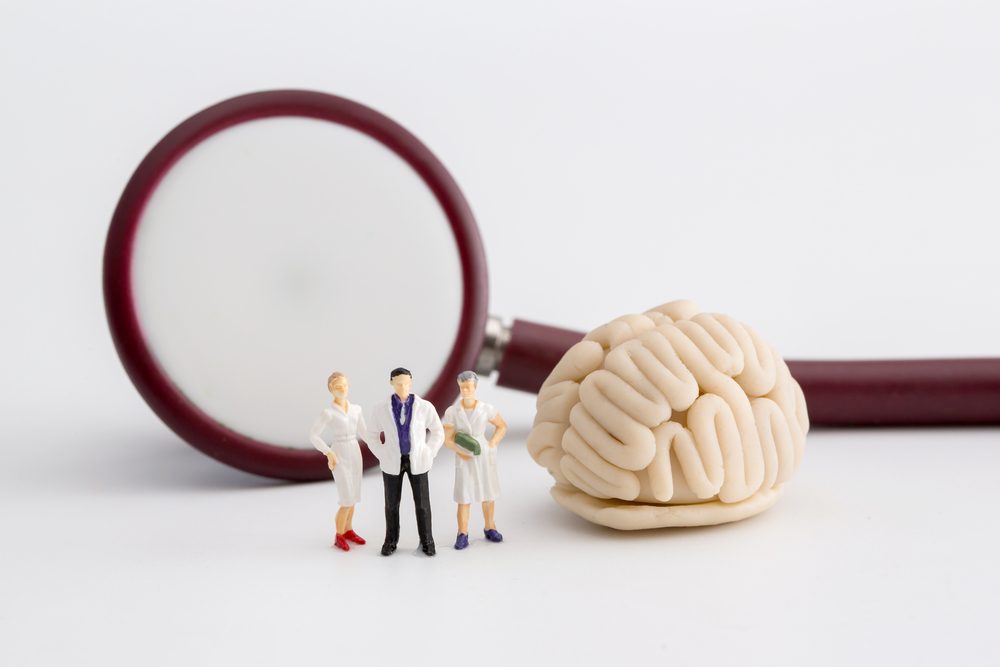 What is an aneurysm?
What is an aneurysm? What are the risk factors for stroke vs. aneurysm?
What are the risk factors for stroke vs. aneurysm?